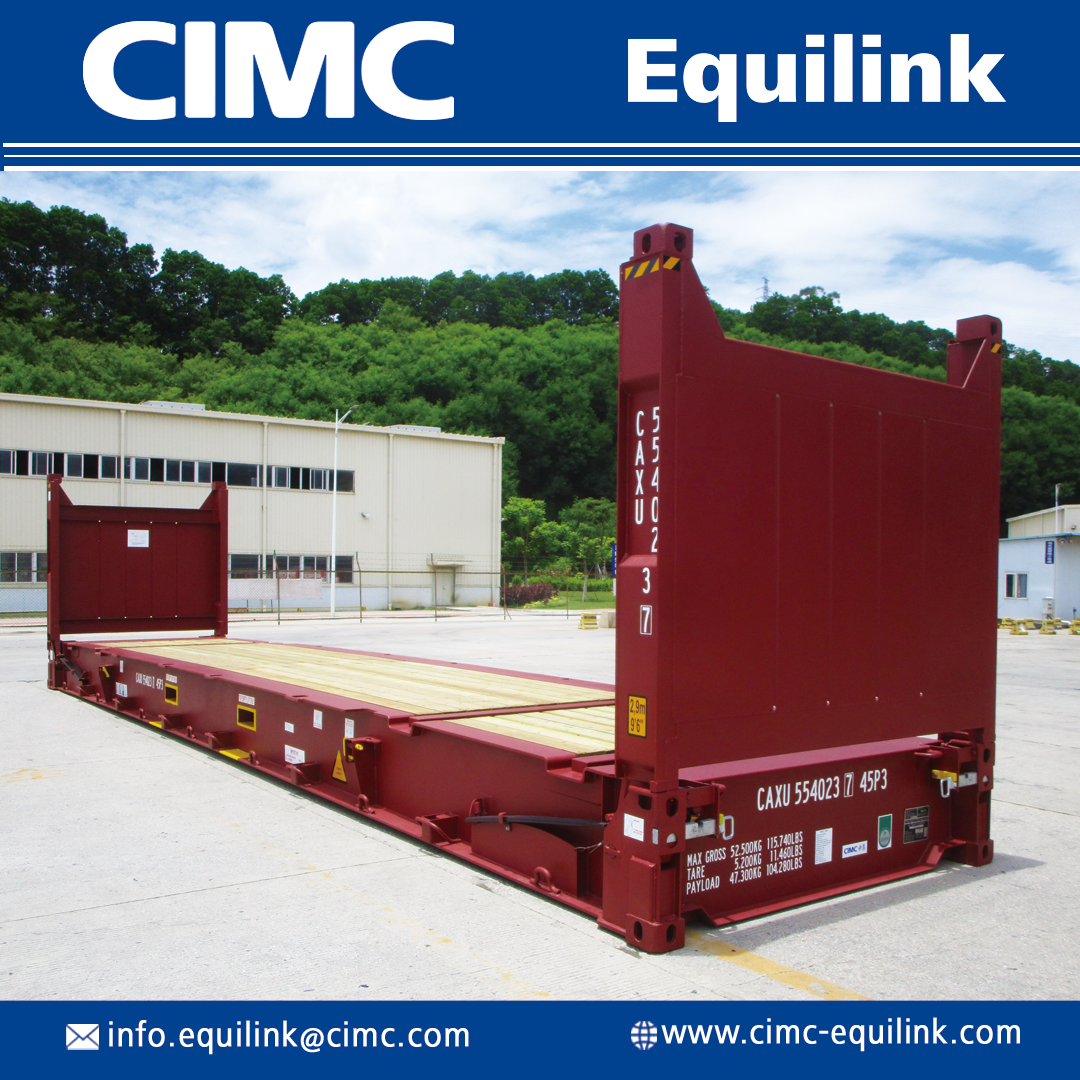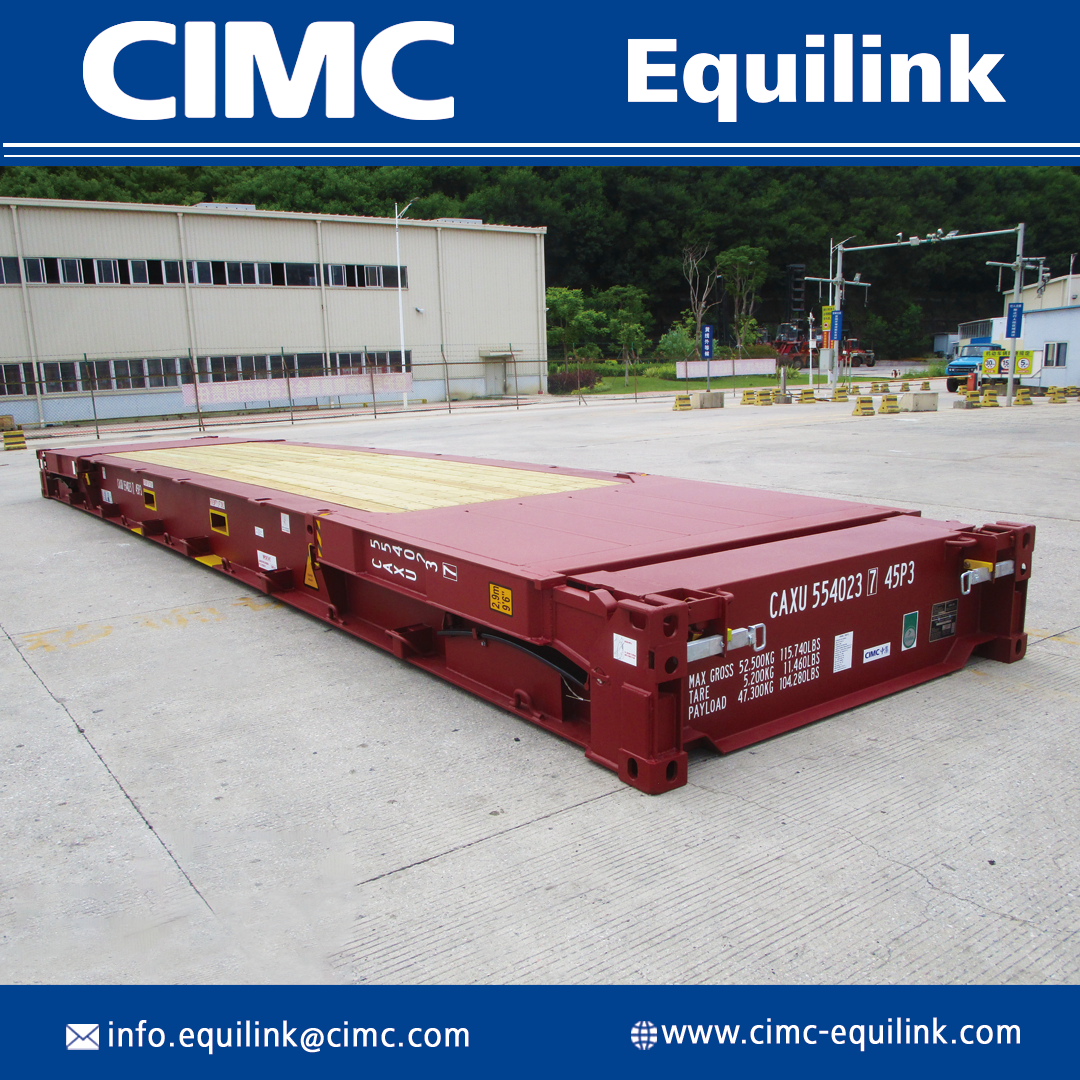-
Shipping Containers
- Container Parts
- Roof Panel
- Side Panel
- Front End Panel
- Door Panel
- Front Corner Post
- Rear Corner Post (Outer/Inner)
- Cross Member
- Bottom Side Rail
- Top Side Rail
- Door Sill
- Front Bottom Rail
- Top End Rail
- Door Header Upper/Lower
- Door Rail
- Floor Spacer
- Angle
- Top/Bottom End Rail
- Door Edge Member
- Door Sealing
- Door Frame Profile
- Door Lining
- Door Hardwares
- Door Gasket
- Side Panel/Lining
- T-Floor
- Roof Panel/Lining
- Cross Member
- Bottom Side Rail
- Top Side Rail
- Ledge PVC
- Kazoo Drain
- Auto Drain
- Alu Tube
- Auto Drain Center Part
- PVC Drain Pipe
- PVC Plugs f. Drain with Ring and Steel Wire
- Door Screw
- Door Screw Nut
- Door Screw Rubber
- Tapping Screw
- Stainless Blind Rivet
- Lashing Ring
- CSC Plate
- Welding Wire
- Tapping Screw Bit
- Vehicle Parts
- Ship Supplies
- 00. Provisions
- 11. Welfare Items
- 15. Cloth & Linen Products
- 17. Tableware & Galley Utensils
- 19. Clothing
- 21. Rope & Hawsers
- 23. Rigging Equipment & General Deck Items
- 27. Painting Equipment
- 31. Safety Protective Gear
- 33. Safety Equipment
- 35. Hose & Couplings
- 37. Nautical Equipment
- 39. Medicine
- 45. Petroleum Products
- 47. Stationery
- 49. Hardware
- 51. Brushes & Mats
- 55. Cleaning Material & Chemicals
- 59. Pneumatic & Electrical Tools
- 61. Hand Tools
- 63. Cutting Tools
- 65. Measuring Tools
- 69. Screws & Nuts
- 75. Valves & Cocks
- 77. Bearings
- 79. Electrical Equipment
- 81. Packing & Jointing
- 85. Welding Equipment
- 87. Machinery Equipment
- Vehicles
- Lashing Tools
- Logistic Tools
ContainersFlat Rack Container(3) - Packing & Strapping TipsAug 11,2025
Efficient flat rack container transportation relies on standardized packing and strapping operations, which are directly related to cargo safety and transportation compliance. Shipping companies have extremely strict requirements for flat rack container packing. Improper handling can hinder cargo entry into the port, so mastering these key points is crucial.
The primary principle is to control the cargo's center of gravity. The cargo's center of gravity must be located on the horizontal centerline of the flat rack container. If the center of gravity is offset, the container may tilt or even tip over during transportation. For cargo with a higher center of gravity (such as large equipment), the center of gravity can be adjusted by placing counterweights on the bottom, or by choosing a 40' frame to distribute the weight over a longer load-bearing surface. If the contact point between the cargo and the flat rack container is small, place sleepers at the contact point to increase the load-bearing area and reduce the pressure per unit area of the floor, thereby preventing floor deformation.
The choice of strapping method is also critical. The Flat Rack Container's tie-down design supports a variety of securing methods. Cross-lashing and symmetrical lashing are the most commonly used methods, ensuring even tension on the wire ropes. For example, when securing large machinery, wire ropes should be routed symmetrically from both sides of the cargo and cross-secured through the corner post lashings to ensure balanced tension in all directions. For cargo with wooden outer packaging, flexible lashing straps are recommended to prevent rigid wire ropes from strangling the packaging. If wire ropes are necessary, rubber or cloth pads should be placed at the contact points to prevent them from scratching and damaging the cargo surface.
Special cargo securing requires additional precautions: For movable cargo (such as vehicles with tires) or cylindrical objects (such as coiled steel), corkscrews should be nailed around the edges to limit lateral and transverse movement. For equipment with protruding parts, protective pads should be installed on the protruding parts to prevent collision with the Flat Rack Container's side rails. Furthermore, when using turnbuckles or fasteners to secure wire ropes, ensure the proper tension—too loose can cause the cargo to sway, while too tight can damage the cargo or the container structure.
Standardized packing and securing practices maximize the safety of Flat Rack Container transportation. Whether transporting small or medium-sized cargo or oversized equipment, strict adherence to these key points significantly reduces transportation risks. CIMC Equilink's Flat Rack Containers, equipped with reinforced tie-down rings and a non-slip floor, provide hardware support for these standard securing practices, ensuring greater reliability for every heavy-lift shipment.

Quick Quote
Copyright © 2019 CIMC Equilink - Container Parts

 中文
中文















